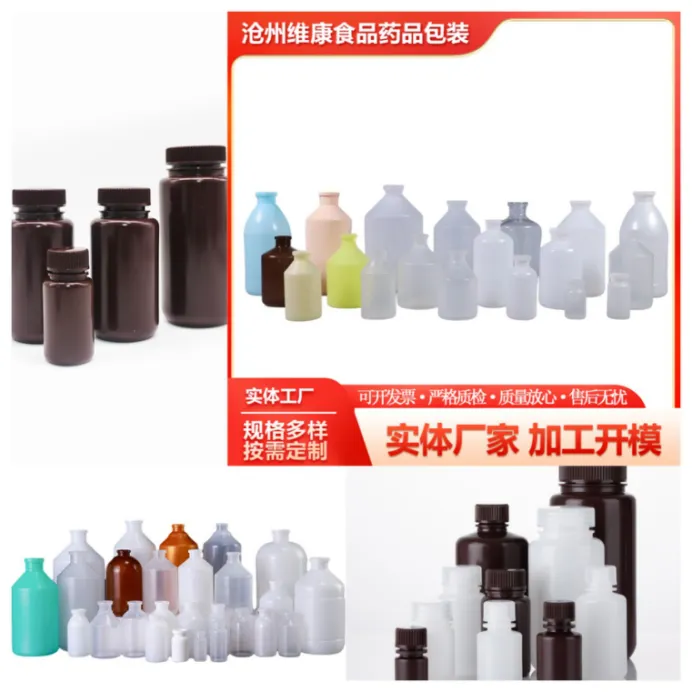Versatile Plastic Amber Vials for Safe Storage and Transportation of Liquids
The Growing Popularity of Plastic Amber Vials in Modern Applications
In the realm of packaging, particularly for pharmaceuticals and laboratory use, plastic amber vials have gained substantial traction in recent years. These vials, characterized by their distinct amber color and robust plastic composition, serve a variety of purposes across multiple industries. Their unique properties make them an ideal choice for storing sensitive substances while also catering to regulatory requirements. This article explores the significance of plastic amber vials, their advantages, and their diverse applications.
Understanding Plastic Amber Vials
Plastic amber vials are containers made from polycarbonate or polyethylene terephthalate (PET), which are then colored amber to protect their contents from UV light. The amber hue of the vials plays a crucial role in safeguarding light-sensitive products, preventing degradation and maintaining efficacy. This is particularly vital for pharmaceuticals, essential oils, and certain chemicals that can be adversely affected by exposure to light.
Advantages of Plastic Amber Vials
1. UV Protection One of the primary benefits of plastic amber vials is their ability to block harmful UV radiation. Many organic compounds and pharmaceutical products are sensitive to light, which can cause them to degrade, lose potency, or even become harmful. The protective amber color effectively mitigates this risk.
2. Durability and Safety Compared to glass, plastic vials are less prone to breakage, making them safer to handle and transport. This is especially important in environments like laboratories or hospitals, where safety is a significant concern. The lightweight nature of plastic amber vials also reduces shipping costs and makes them easier to handle.
3. Cost-Effective Plastic vials generally come at a lower price point than their glass counterparts. This affordability makes them an attractive option for businesses looking to reduce packaging costs without compromising on quality.
4. Versatility Plastic amber vials come in various sizes and configurations, allowing for a wide range of applications. From laboratory samples to pharmaceutical products and cosmetic ingredients, these vials can cater to different sectors within the industry.
5. Customization Many manufacturers offer customization options such as size, closure type, and labeling. This flexibility allows businesses to create a packaging solution that meets their specific requirements and branding.
plastic amber vials

Applications in Different Industries
Plastic amber vials are employed across various sectors, showcasing their versatility
- Pharmaceuticals In the pharmaceutical industry, these vials store liquid medications, especially those that are light-sensitive. The vials maintain the integrity of drugs, ensuring that they remain safe and effective for consumer use.
- Essential Oils The aromatherapy market extensively uses plastic amber vials to package essential oils. The vials help preserve the quality of the oils, protecting them from light exposure that could otherwise diminish their aromatic properties.
- Laboratories Laboratories utilize plastic amber vials for sample storage and chemical analysis. Their durability ensures that stored substances remain secure, while the UV protection helps maintain sample integrity.
- Cosmetics The cosmetic industry also benefits from plastic amber vials, especially for products like serums and oils that may be sensitive to light. Packaging these products in amber vials effectively enhances product longevity.
Environmental Considerations
While plastic vials offer numerous advantages, it is essential to consider the environmental impact of plastic consumption. Many manufacturers are taking steps toward sustainability by using recyclable materials and developing biodegradable alternatives. Businesses are encouraged to implement recycling programs and educate consumers about proper disposal methods to minimize their environmental footprint.
Conclusion
The growing demand for plastic amber vials across various industries underscores their importance in modern packaging solutions. With their protective properties, durability, and cost-effectiveness, these vials have become a staple for storing light-sensitive substances. As industries continue to innovate and prioritize both safety and sustainability, plastic amber vials are likely to remain a vital component in the packaging landscape, striking a balance between functionality and environmental responsibility.
-
Aesthetic Makeup Spray Bottles | Fine Mist Empty RefillableNewsAug.19,2025
-
White Plastic Veterinary Vaccine Vials | Lab Liquid BottlesNewsAug.18,2025
-
Plastic Medicine Liquid Bottle: Secure Flip Top Drug VialsNewsAug.17,2025
-
Durable 250ml Blue Plastic Vaccine Vial for Lab & Vet UseNewsAug.16,2025
-
Sterile Virus Sample Tubes: Secure & Reliable Specimen CollectionNewsAug.15,2025
-
White 250ml Plastic Vaccine Vial for Lab & Vet MedicineNewsAug.14,2025
























